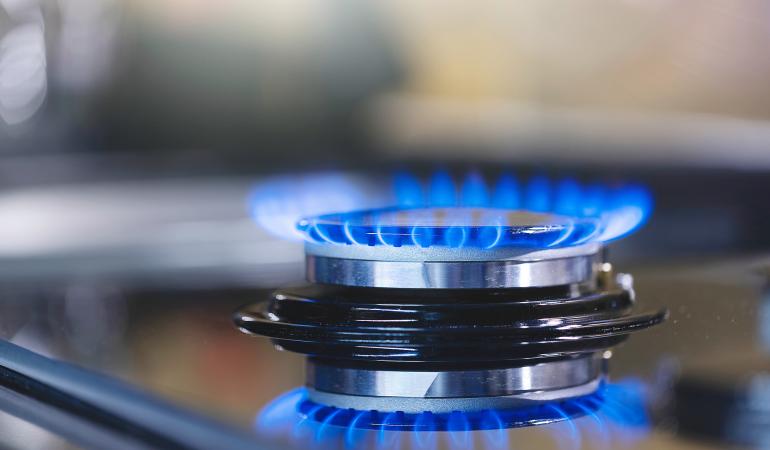
Mercury can be naturally present in natural gas. This mercury can end up in your home, especially if you use a natural gas cooker. In 2014, the Nederlandse Aardolie Maatschappij (NAM) calculated exposure to mercury at daily peak moments. In late 2022, the State Supervision of Mines (SodM) asked RIVM to investigate whether this exposure could pose health risks. The results show that exposure to mercury through domestic use of natural gas is not harmful to health, as the mercury concentration is too low.
Mercury exposure calculations were correct
RIVM first determined that NAM’s calculations of exposure to mercury were correct. However, NAM’s estimates of exposure at the three daily peak moments were higher than will actually occur. In its study, NAM assumed worst-case situations in which exposure could be extra high, such as the combination of a small kitchen and a high concentration of mercury in natural gas.
Domestic use not harmful to health
To assess whether this exposure at daily peak moments could be harmful to health, RIVM studied the scientific literature. Exposure to mercury can cause neurological and other effects. It can affect the brain, motor function, behaviour and behavioural development. RIVM does not expect these effects to occur at the calculated peak exposures.
Request to evaluate NAM report
In 2022, SodM received a number of questions about the NAM report. SodM therefore asked RIVM to evaluate NAM’s calculations and assess whether there were any health risks associated with peak exposure to mercury.
RIVM evaluated whether NAM had based its research on realistic conditions in homes and whether the method for calculating the amount of mercury in indoor air was correct in late 2022. It has now concluded that exposure to mercury through domestic use of natural gas is not harmful to health.